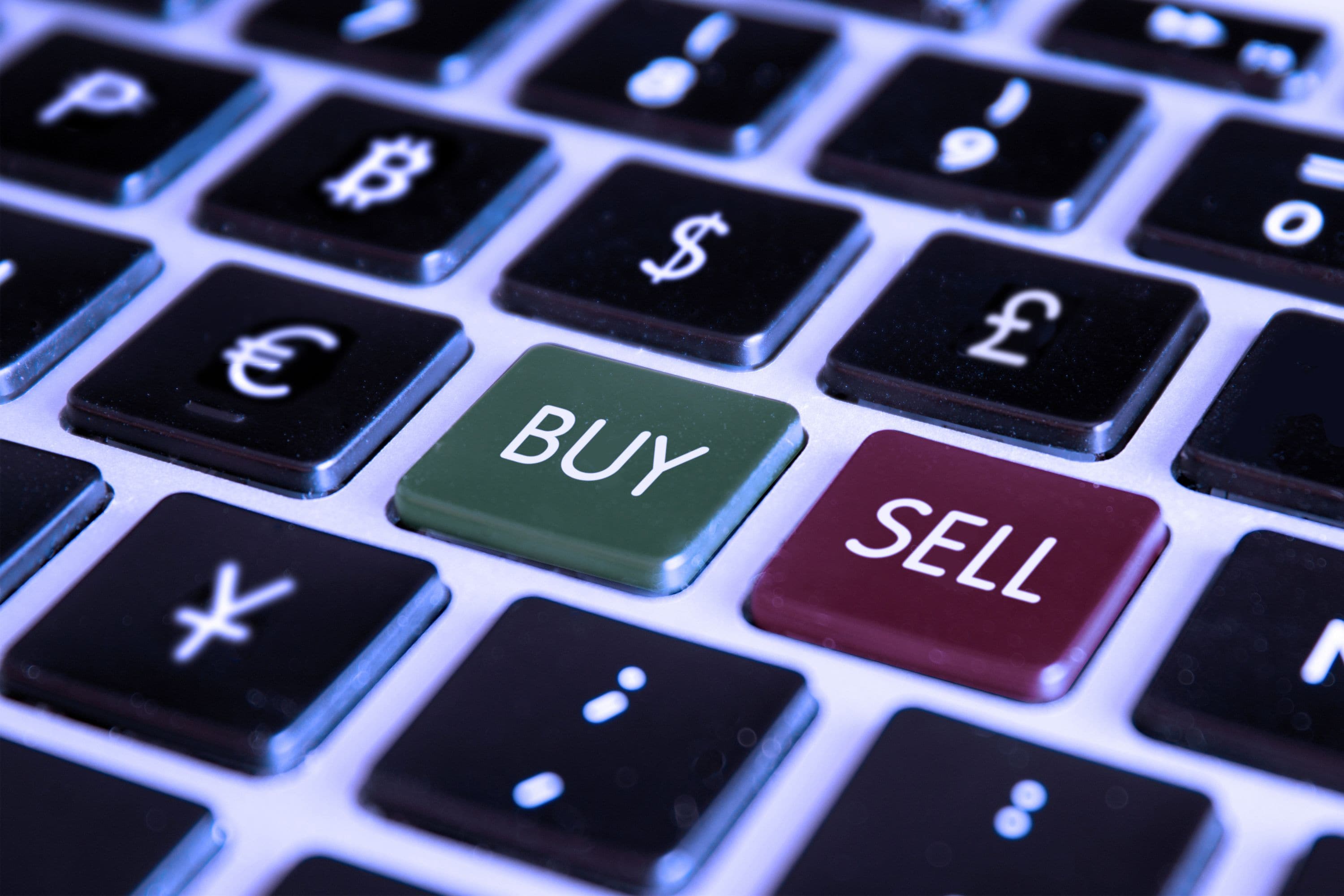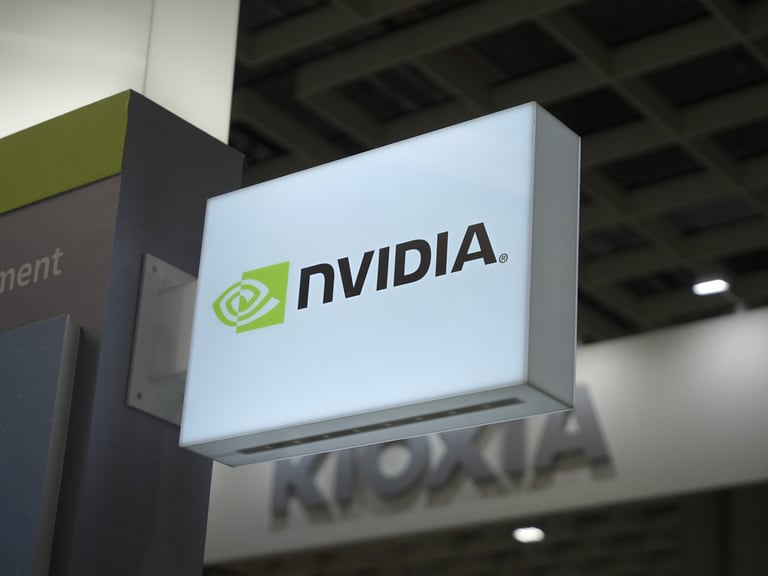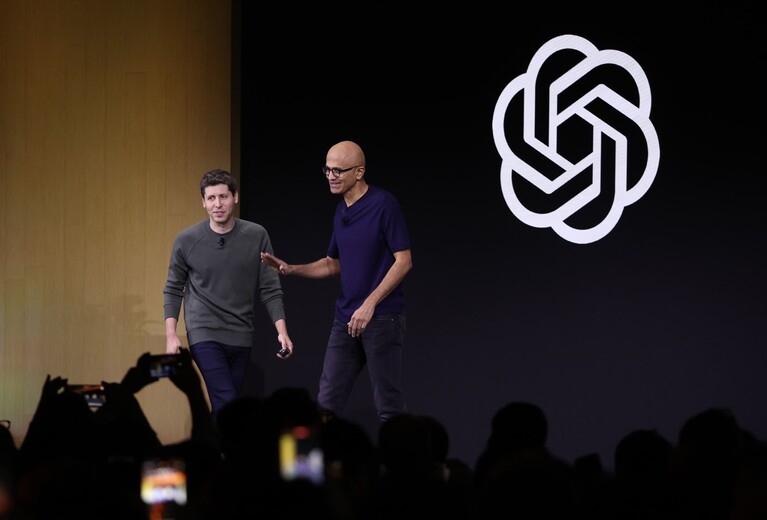It’s been a big year for IPOs so far, with the next chapter set to unfold with Uber later today when it unveils its pricing as it gets set to open for general trading tomorrow.
So far this year we’ve seen Levi Strauss, Lyft, Pinterest, Zoom Communications, Beyond Meat and in the wake of Uber tomorrow, there is also the prospect of Avantor and WeWork in the coming weeks.
The reason most companies like to float on the stock market, apart from a desire to raise extra cash, is the added credibility a public listing can give to the business. It can also be a useful mechanism to incentivise staff with rewards for good performance in the form of share options in the business.
This desire to raise cash, as well as a buoyant stock market, has seen a rush of companies come to market with varying degrees of success. The problem with IPOs is that sometimes investors can get caught up in the hype of a new idea or business, and not pay attention to the underlying fundamentals of that business.
Not every IPO ends up like the Facebooks of this world which after an initially rocky start has gone from strength to strength. For every Facebook you also have your GoPro and Snap, where the market valuations of the business model bore no relation to the underlying assets.
In 2012 Facebook floated at $38 a share and initially slid to below $20 a share before embarking on the rally that saw its stock peak at over $210 in the middle of last year. On the flip side of that GoPro floated at $24 a share in 2014, rallied to just shy of $100 a share in the first few weeks before falling hard to be trading at just over $6 a share now.
It’s been a similar story for Snap, which after an initial pop higher from its $17 IPO price, has seen its shares nosedive to as low as $5 a share. The common denominator behind the share price declines in both has been the failure of both companies to live up to the heroic valuations assigned by to them by over-optimistic investors. They both had multibillion dollar valuations on revenues that were never much more than a $1bn. With Snap, its revenues only moved above the $1bn mark at the end of 2018, and it has yet to make a profit, but we are supposed to believe it justifies a valuation of $14.5bn.
So what are we to make of the direction of travel of the latest set of IPOs and the prospects for Lyft, Pinterest, Zoom Communications and Beyond Meat, which have seen a mixed reaction from investors?
In the case of Lyft, it is hard to see any light at the end of the tunnel when looking at its numbers yesterday through the prism of an IPO price of $72, and a $24bn valuation. This always seemed completely detached from reality and the prospect of a price war with Uber and very little evidence that the company will be able to turn a profit any time soon has seen the dream turn sour very quickly, with the shares now just above $50. This still values the business at $15bn on total revenues of almost $3.3bn and losses of $1bn a year.
Pinterest has had a more positive debut, currently trading well above its $19 IPO price, with a valuation in excess of $15bn on revenues of $756m. The company also made a loss last year of $63m, and is estimated to lose $414m in 2019, though most of this is likely to be one-off costs due to the IPO. Nonetheless full-year revenues are only expected to rise to $1.1bn.
Zoom Communications is the standout in this list of IPOs in that it is actually profitable. It debuted at $36 a share and has traded as high as $80 a share, valuing the business at over $20bn. A much better investment surely but then we look at the total revenues and these are $330.5m, which equates to profits of $7.5m, while turnover in 2020 is expected to rise to $592m.
As for Beyond Meat, the vegan burger meat brand, the market appears to have lost its mind. Debuting at $25 a share, the shares have soared as high as $85 in the first few days of trading, valuing the business at $4.3bn, on turnover of $87.9m and losses of $28m. If this isn’t an accident waiting to happen, then I don’t know what is.
So what to expect with respect to Uber? While it is always desirable to expect the positive, one can’t help feeling that once again there is a significant disconnect between the market valuation and actual fundamentals, particularly since there is likely to be increasing pressure on margins as well as the prospect of further regulatory interference when it comes to employment practices.
Estimates on revenues look set to improve from $11.27bn to $14.18bn this year, however losses are expected to rise to $5.4bn by the end of this year, and decline only slightly in 2020 to $4.1bn, according to Bloomberg estimates. With a valuation set to come in at $80bn this seems rather heroic and while management are likely to do well out of the IPO it is difficult to see too much upside for anybody else.
On 17 May we also have Avantor, which is a chemical company that was acquired by private equity company New Mountain Capital in 2010 from Covidien. It is looking to raise over $2bn, though that will depend on the IPO price it gets. The company provides services and products in education, healthcare and biopharma and while it appears to have seen decent revenue growth, at $5.8bn in 2018 largely due to acquisitions, it hasn’t made a profit in the last three years. It also has a lot of debt, $6.7bn worth to be precise with around $3bn of it due in the next five years, and it is not immediately clear what the IPO funds are likely to be used for.
Looking ahead to WeWork, which could have a valuation of $47bn, it's also a massive cash burner and the valuation looks wildly optimistic. Major investor Softbank also reduced the size of its investment recently as its shared working trading model comes under great scrutiny. This model has worked well here in the UK, with Workspace Group a key player in this area. Its valuation however is much lower at £1.7bn on revenue of £140m and profit of £55m.
When investors talk about finding the company that could become the next Amazon, they fail to appreciate that Amazon didn’t have a multibillion dollar valuation when it first came to the stock market 22 years ago. At the time of its IPO on 15 May 1997, it had a market capitalisation of $300m and a share price of $18 a share, so there was eminently less risk attached to investing in a company that was nowhere near its potential.
The problem with most of these IPO valuations is that the potential is already baked in quiet substantially, which means that any disappointment is likely to see a fairly rapid reappraisal by investors when the optimism bubble pops.






